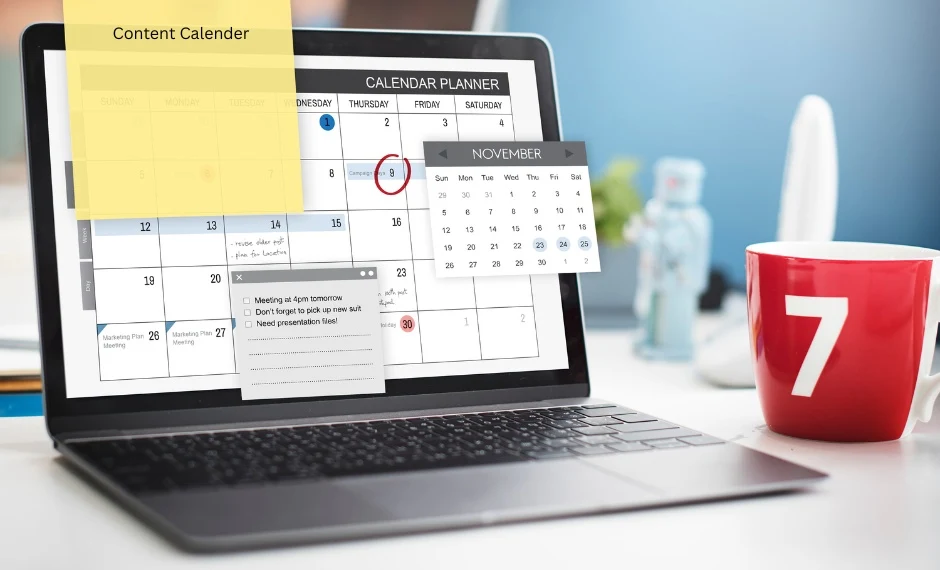

The world of digital marketing is quite fast-paced. Here, content isn’t just about creativity. It’s about consistency and strategy. For students preparing for a career in the industry, a content calendar is one of the most important tools to learn early.
You may be handling social media, blogs, email marketing, or YouTube campaigns. Each one needs planning. A content calendar keeps everything organized. It reduces last-minute stress and helps your content match business goals. It’s an essential part of real-world marketing work.
At Growth Academy, a leading digital marketing institute in Calicut, we believe in equipping students with practical skills. So let’s break down five easy steps to create a content calendar that actually works.
Before you create content, define your purpose. Are you trying to:
Next, ask: Who are you talking to?
Understand the age, interests, pain points, and online habits of your target audience. This helps you decide on your content ideas, tone, and platform choices.
For example, if the brand targets college students, your content calendar might include relatable memes, quick tips on Instagram, or interactive stories. If it’s a B2B business, then you should consider LinkedIn articles or thought-leadership posts.
After deciding on your goals and audience, select the platforms that best suit them:
Pick the most relevant ones for each brand.
Then choose the type of content to post:
Matching the right format to the right platform is important for digital success.
Next, figure out how often and when to post.
Ask yourself:
Consistency matters more than quantity. You could start with:
Use tools or insights to find the best times to post. For example, Instagram analytics can show when your audience is most active. Plan your calendar around these timings. This ensures maximum reach and impact.
You don’t need fancy software. Your calendar can be built using:
A good content calendar should include:
As you start working with an agency or as a freelancer, content calendars will be a big help. They keep you organized and make teamwork easier. They also help you meet deadlines without stress.
Your calendar can change. Set aside time every week or month to:
For instance, if you notice that reels are performing better than static images, plan more reels in your next content cycle. Make changes based on the analytics. This is where strategic thinking matters.
At Growth Academy, we focus on building this skill. We prepare students to handle real-world marketing tasks with confidence.
When you start working in digital marketing—freelancing or in a company—being able to manage content well will make you stand out. Brands want marketers who can plan, schedule, and improve content—not just create it.
A well-maintained content calendar helps you:
It’s more than a planning tool. It’s a skill that shows professionalism and foresight.
If you're serious about building a career in digital marketing, it’s extremely important to know how to create and use a content calendar. These five simple steps—setting goals, choosing the right platforms, planning frequency, organizing with a tool, and reviewing regularly—will help you build a structured and successful content plan.
At Growth Academy, we don’t just teach theory—we train students to think like professionals and apply practical techniques from day one. If you're looking for a hands-on, industry-relevant digital marketing course in Kozhikode, we’re here to guide you.
Start planning. Stay consistent. Grow with purpose.
© 2025 Growth Education Hub LLP. All Rights Reserved | Privacy and Cookie Policy